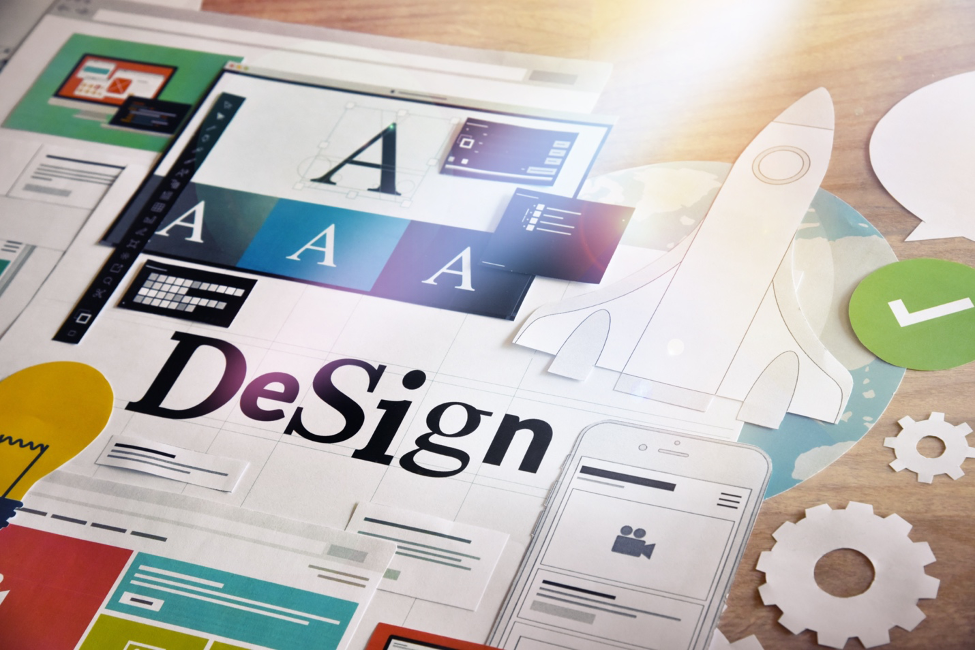“Yes, it’s really happening!”. That was my feeling when a customer of ServiceMax contacted me to enlighten them on the Design-for-Service concept. Six years ago, they started their service transformation journey to get Visibility and Control. Now they are moving the needle towards Excellence and Growth. What makes this ask even more ‘special’, is that it is the engineering department that wants to know what service needs to deliver value.
Black swan
Most of us will have plenty of examples where engineering asks technicians to record all kind of diagnostics, reason and fault codes during the service execution. What happens with that data? Will the technician feel taken seriously when servicing yet another piece of equipment that is engineered for manufacturing?
Thus, you can imagine my positive surprise when engineering wants to ‘learn’ what service needs and what modern service execution tools are capable of. It is a true win-win when both service and engineering are seeking the joint benefit of their siloed effort.
- Technicians will get a return on their administrative effort when they see that it results in easier-to-maintain products.
- Engineering will get the justification to fund their design-for-service effort when they see that service can improve the margin and drive new revenue streams.
Attach Rates
The concept of design-for-service is not new. Still many organisations only apply design-for-manufacturing. The latter concept drives for cost optimisation in the manufacturing process of a product at the expense of a potential higher maintenance cost over the life cycle of the product. Design-for-service optimises both the manufacturing and the maintenance aspects of a product. Yes, I hear you. What about TCO, total cost of ownership? TCO is great, but TCO only works when capital expenditures (Capex) and operating expenses (Opex) are evaluated by a single entity.
Cutting a few corners and dialling it down into a single metric, have a look at your Attach Rates. You can imagine that when engineering puts more effort/ cost into the design of the product, the selling price of the product goes up. Balancing the effort equation, you have the maintenance cost going down due to better quality and more efficient maintenance delivery. On top of that, the engineering effort may also result in the creation of new types of service offerings like availability services and data-monetisation. To reap the benefits post point of sales, you need to have or get your customer ‘attached’.
Attach Rate: the percentage of your installed base that has an associated service contract with your organisation
Getting ‘attached’ customers might be easier when you sell your product via your own direct sales channel versus units sold via your indirect channel, read dealers and resellers. That all changes when engineering starts including concepts like ‘digital activation’ of the product.
Serviceability
When engineering defines the Product, the result is captured in a BOM (Bill of Material). So far, nothing new, this is design-for-manufacturing 101. When we start designing-for-service, we need to make a number of explicit decisions. Amongst those I’m highlighting two of them:
- What components from the BOM are serviceable?
- What service delivery model is applicable for that component?

First, is the product serviceable at all? If it remains a single unit, you have made the implicit choice to exchange the whole unit with the option to have the defect unit repaired or scrapped at a depot. This model may be a fit for some products but the larger, expensive and critical the product, the more you’ll need to ‘open the box’.
Second, in the BOM you’ll have to identify those components that are serviceable. For each component in the Service-BOM or SPL (Spare Parts List) you’ll have to classify the part.
- FRU: Field Replaceable Unit – the repair/ replace of the component requires specialised skills of a technician
- CRU: Customer Replaceable Unit – the repair/ replace of the component can be done by any customer (no explicit skills required)
- DRU: Depot Repairable Unit – the repair cannot be done in the field, but requires the asset to come to a depot where dedicated skills, tooling and components are available
Old-school textbook?
I’ve come to learn the above two service design considerations when I stumbled into my first service job at IBM in 1993. Though I did not grasp the full impact at first, the more I talk to today’s customers, the more I am convinced we need to re-establish the handshake with engineering to deliver above and beyond the service value promise.
Handshake
In my session with this customer, I had conversation with a very adept, eager and forward-looking engineer. He understood the consequences of engineering choices for the service delivery … and ultimately the impact to cost, revenue and customer expectation.
Next, he wanted to know how service delivery constraints and possibilities would impact his engineering process. It was clear to him that state-of-the-art service execution tooling, with a high degree of asset centricity would enable him to create a positive ROI for his design-for-service efforts.
This article is published in ServiceMax Field Service Digital on December 10th, 2020
